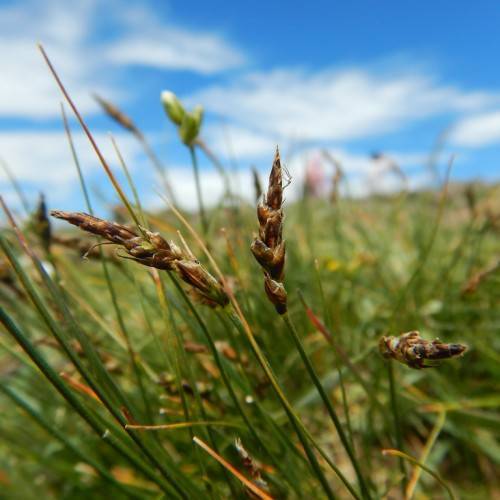
Prairie Sedge
Carex prairea
Watering:
Minimal
Hardiness Zone:
Flowers:
Flowers
Sun:
full sun,part shade
Leaf:
Yes
Growth Rate:
Low
Drought Tolerant:
Yes
Salt Tolerant:
Yes
watering
Many Flowered Sedge should be watered thoroughly every 7-10 days during the growing season. The soil should be moist but not saturated. Watering once a week is best, but if the local climate is dry, plants may need to be watered twice a week. Allow the soil to dry out between waterings, and water deeply, saturating the entire root zone. To prevent disease, take care not to get the foliage wet when you water.
sunlight
Many Flowered Sedge (Carex pluriflora) likes full sun, but will also tolerate light shade. The best conditions for this species are a minimum of 6 hours of direct sunlight during the growing season, and 4 hours of direct sunlight during winter months. It is important to be mindful of the location of the plant, and to ensure that it is not in a shady area where it receives too little light. Full sun is essential for adequate growth and development of the Many Flowered Sedge.
pruning
Many Flowered Sedge (Carex pluriflora) should be pruned once a year, in early spring just before new growth begins. Pruning should only be done lightly and selectively, as the plant is naturally free-flowering and needs its foliage to stay healthy. Care should be taken not to cut off more than 1 third of the total mass of the plant and to avoid cutting off most of the foliage, as this can cause the plant to become weak and unhealthy. Any dead material should also be removed to help renew the plant's vigor. After pruning, light fertilization should be applied to help promote healthy growth and blooming.
